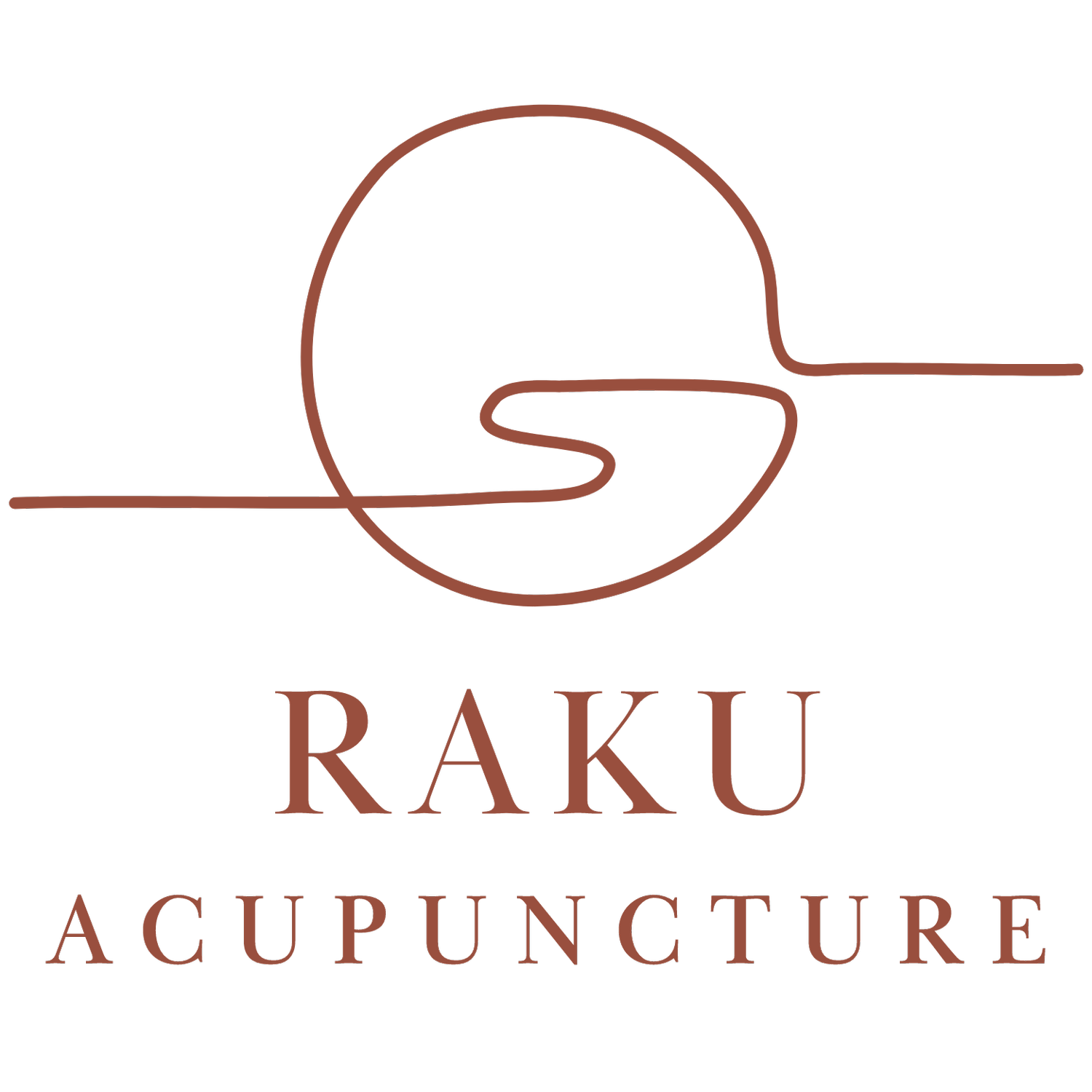How to use Ovulation Predictor Kits
How to Use Ovulation Predictor Kits
If you have been trying to conceive for a few months with no success, it may be time to pull in more support. Some of my favorite supports can be tools and one of the most common is something called an ovulation predictor kit.
What do they do?
Ovulation predictor kits measure how much Luteinizing Hormone (LH) is in the urine. LH is a hormone always present in the urine, but it can increase dramatically around ovulation timing. The reason for that is because it is the hormone responsible for triggering ovulation (the egg released from the ovary). Usually it increases anywhere from 24-48 hours before ovulation. This can be a bit confusing. Most people think that when they get a high reading of LH that they are actively ovulating. What it is actually showing you is that you are in your fertile window and now would be a good time to try and conceive.
What is the fertile window?
The fertile window actually means the window or timing of your cycle that you can conceive. You are not fertile the whole month, just a set amount of time. And that time can be determined through cervical mucus checks, cycle tracking, and OPKs! The fertile window includes the day you ovulate and about 3-5 days before that day.
It’s important to note that you can conceive anytime during your fertile window, but the closer you get to ovulation, the more likely conception will be. That’s why OPKs and cervical mucus are such powerful tools. They can help you understand your body and timing.
How soon after a positive OPK test will ovulation occur?
Ovulation could occur anywhere around 12-36 hours after a positive test. But, the good news is that cervical mucus is what ferries sperm to the egg and can keep it alive for about 5 days! So, timing sex around a positive OPK test as well as when cervical mucus is present is giving conception a pretty darn good shot.
When should I start testing with OPKs?
These little tests can be expensive and wasteful if you are testing literally every day of your cycle. I don’t recommend that. Instead, I recommend fully understanding your cycle. If your cycles are regular, you can make an assumption that you ovulate around the same time every month. The luteal phase usually lasts the same amount of time every cycle. This means that is you have a 28 day cycle, you most likely ovulate on day 14.
Luteal phases usually last anywhere from 12-14 days long and are usually stable. How I came to the understanding that you ovulate around day 14 is because I took 28 days (total length of your cycle) subtracted 14 days from it and had 14 days.
Total cycle length (28 days) - Typical length of luteal phase (14 days) = Approximate day of ovulation (Ovulation on Day 14)
Because the fertile window is before, I would recommend to start testing around Day 9 of your cycle in this particular case. How I came to that was because I know that most people have a 5 day fertile window. I took Day 14 and subtracted 5 days from it.
Ovulation Day (Usually Day 14) - 5 days (Typical length of fertile window) = When to start using OPKs (Day 9)
The ultimate piece of this is not miss the surge of LH. So a bit of tweaking for your body is crucial here. Follow the signs of your cycle. Watch for cervical mucus. If you have irregular cycles, this can be a little more difficult. My recommendation is that you use your shortest cycle to input the total length of the cycle. You can still assume the 14 day luteal phase.
By using ovulation predictor kits effectively, you can gain insight into your fertility cycle and enhance your chances of conception.
Remember- OPKS do not confirm ovulAtion
But, wait- what? I hear you! This was confusing for me too!
But, here is the crucial part. The OPKs are looking only at LH. They are making assumptions based on how much LH is in your urine, not about actual ovulation. Some people have lower levels of LH that may be incorrectly interpreted. Some people may have high LH especially if they have PCOS.
Essentially, you are trying to use a tool to understand where you are in your cycle and if now would be a good time to try and conceive. This is why I recommend that OPKs are used in conjunction with a variety of other tools, like basal body temperature charting, cervical mucus checks, cervical position, libido, body signs, and a good amount of data to understand the cycle itself and try to time sex correctly.
Confused? Book an appointment with me here and we can figure it out together! I use acupuncture, lifestyle recommendations, chinese medicine, herbs, and a very individualized approach for every one of my patients. You will be heard here.
Not available to meet in person- I offer a virtual appointment instead- click here!
Raku Acupuncture
(720) 230-3225 | micaela@rakuacu.com
Proudly serving Doylestown, Bucks County, PA. Located near Chalfont, New Britain, Solebury, Perkasie, Newtown, Yardley, New Hope, and Lambertville.
Disclaimer: This article is not intended for the purpose of providing medical advice. All information, content and material is for informational purposes only and is not intended to serve as a substitute for consultation, diagnosis, and/or medical treatment.
